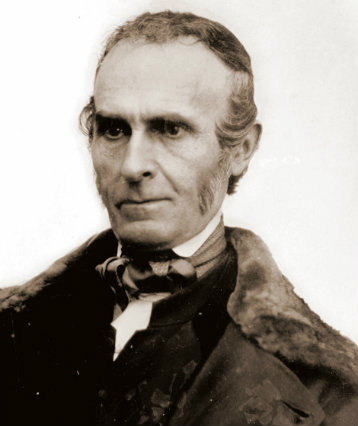Introduction
John Greenleaf Whittier (1807–92) was a prominent poet and advocate for the abolitionist cause. His poems first appeared in the Newburyport Free Press, edited by the prominent abolitionist William Lloyd Garrison (1805–79). Whittier wrote this poem for the December 9, 1879 unveiling of a duplicate of the Emancipation Group Memorial (also commonly known as the Emancipation Memorial or the Freedman’s Memorial/Monument) in Park Square, Boston. The Memorial, originally designed and sculpted by Thomas Ball, depicts a freed slave, his shackles newly broken, kneeling under Abraham Lincoln’s protective hand.
In the first stanza, how can a hand “unchain[] a race?” What images does the poet use to describe Lincoln? What, according to Whittier, moved Lincoln to emancipate the slaves (stanzas 3 to 4)? Who or what inspired him to say “Let man be free!” What is Lincoln’s sacrifice, and why is it necessary, according to the poet (stanzas 5 and 6)? What is the statue’s message, and how is Lincoln’s sacrifice related (stanza 7)? Do you agree with the poet’s assertion “That truth is stronger than a lie, / And righteousness than wrong”?



Post a Comment